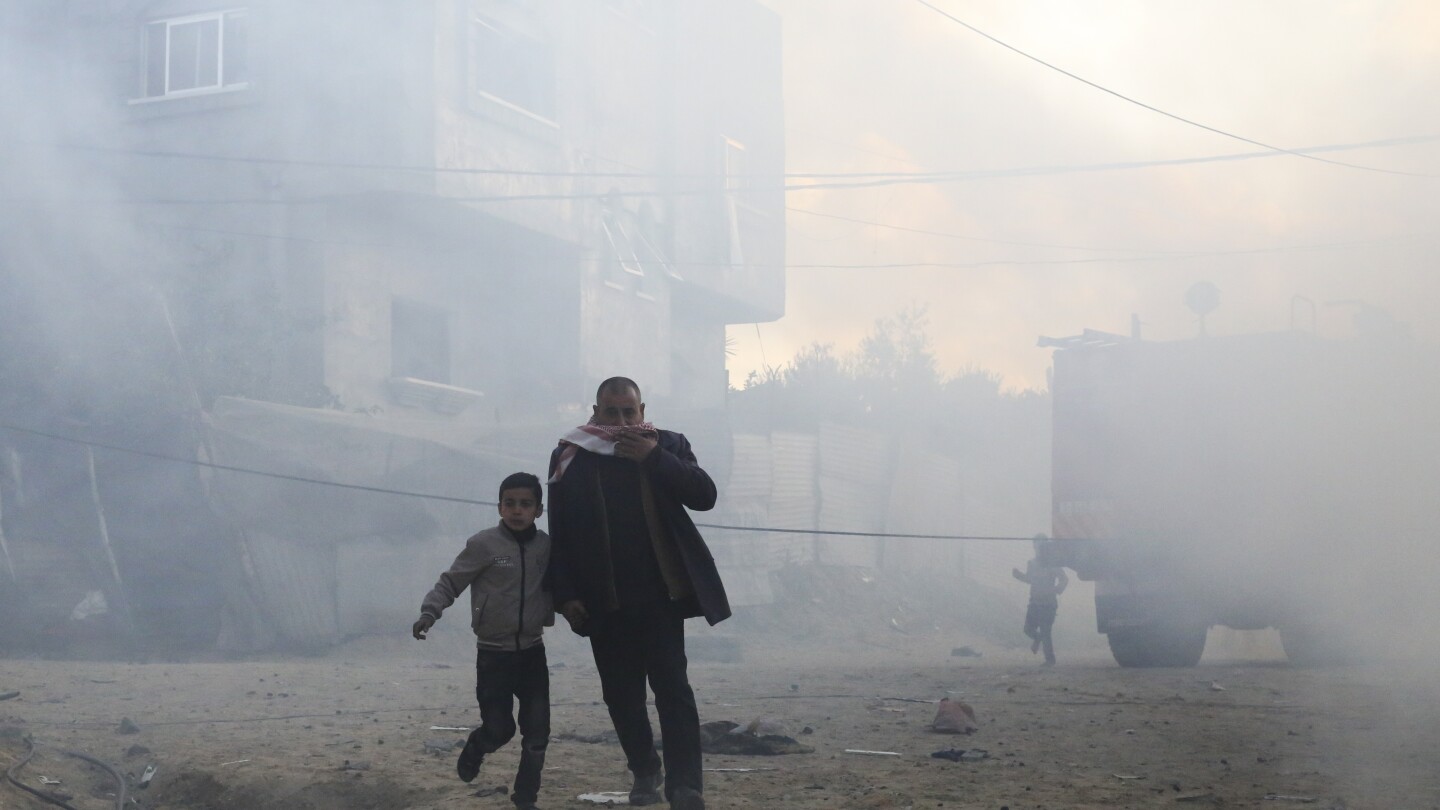The report by the Global Nutrition Cluster, an aid partnership led by UNICEF, says more than 90% of children under 5 in Gaza eat two or fewer food groups a day, known as severe food poverty. A similar percentage are affected by infectious diseases, with 70% experiencing diarrhea in the last two weeks.
More than 80% of homes lack clean and safe water, with the average household having one liter (quart) per person per day, according to the report released Monday.
In Gaza’s southernmost city of Rafah, where most humanitarian aid enters, the acute malnutrition rate is 5%, compared to 15% in northern Gaza, which has been isolated by the Israeli military and largely cut off from aid for months. Before the war the rate across Gaza was less than 1%, the report said.
Israel says it does not restrict the import of humanitarian supplies, but aid groups say delivery within Gaza has been severely hampered by Israeli road closures, ongoing fighting and the breakdown of law and order as Israeli strikes have targeted the Hamas-run police force.


